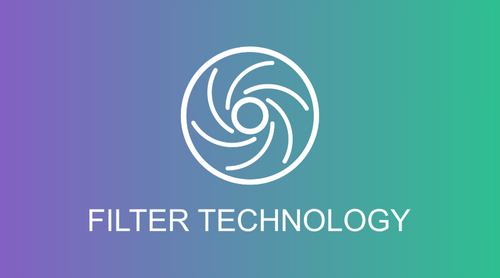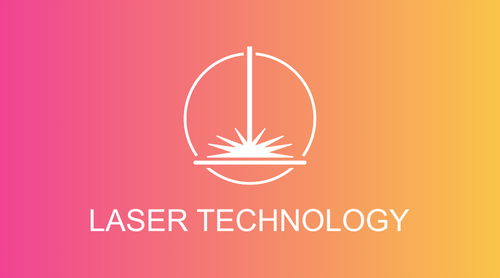Are there differences between laser welding and other welding processes?
Yes, laser welding has a number of striking differences when compared to other welding processes such as arc or resistance welding, making it a unique and preferred welding method in many applications.
First of all, laser welding is characterized by its exceptional precision. The laser beam can be specifically focused on the welding area, resulting in extremely precise welds. This precision enables high reproducibility and quality of welded joints, which is particularly advantageous in industries such as the automotive and aerospace industries, where accuracy and reliability are crucial.
Another important difference is the low heat-affected zone of laser welding compared to other processes. Due to the high energy density of the laser beam, the heat supply is extremely localized, resulting in a minimal heat effect on the surrounding material. This is particularly beneficial for thinner materials or delicate components as it reduces the risk of deformation or damage to the workpiece.
Additionally, laser welding offers the ability to weld thinner materials that may be too delicate for other welding processes. The precise and controlled heat supply makes it possible to create strong and durable welds even with thin material thicknesses without damaging or deforming the material.
Overall, this combination of precision, low heat-affected zone and ability to weld thinner materials makes laser welding an extremely attractive welding method for a variety of applications, particularly where the highest quality and efficiency are required.
Are there differences between laser welding and other welding processes?
Yes, laser welding has a number of striking differences when compared to other welding processes such as arc or resistance welding, making it a unique and preferred welding method in many applications.
First of all, laser welding is characterized by its exceptional precision. The laser beam can be specifically focused on the welding area, resulting in extremely precise welds. This precision enables high reproducibility and quality of welded joints, which is particularly advantageous in industries such as the automotive and aerospace industries, where accuracy and reliability are crucial.
Another important difference is the low heat-affected zone of laser welding compared to other processes. Due to the high energy density of the laser beam, the heat supply is extremely localized, resulting in a minimal heat effect on the surrounding material. This is particularly beneficial for thinner materials or delicate components as it reduces the risk of deformation or damage to the workpiece.
Additionally, laser welding offers the ability to weld thinner materials that may be too delicate for other welding processes. The precise and controlled heat supply makes it possible to create strong and durable welds even with thin material thicknesses without damaging or deforming the material.
Overall, this combination of precision, low heat-affected zone and ability to weld thinner materials makes laser welding an extremely attractive welding method for a variety of applications, particularly where the highest quality and efficiency are required.


